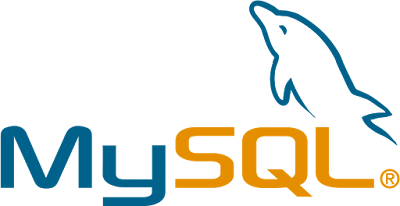What is MySQL?
MySQL is world's most popular open source relational database management system (RDBMS). It provides secure and effective way to manage your database applications.
MySQL is
developed and supported by Oracle. It is an important component of web
application software stack known as LAMP (Linux, Apache, MySQL,
PHP/Perl/Python).
Applications of MySQL
Some applications that uses MySQL are as follows:
- Joomla
- YouTube
Advantages of MySQL
Some
advantages of MySQL are as follows:
- Open source – MySQL comes under open source license. So, it is free to use.
- Cross-platform- It consists of simple and robust pre-defined commands.
- Support Unicode – It supports Unicode standard to express world's most languages.
- Cache query – It stores the cache data to serve future requests faster.
Disadvantage of MySQL
Some disadvantages of MySQL are as follows:- Degradation of performance- The performance of MySQL degrades when it deals with large size data.
- Stability issue- Still, MySQL is not capable to handle certain functions such as transactions and auditing.
- Hard to scale – It faces problem to handle lot of operations simultaneously.





